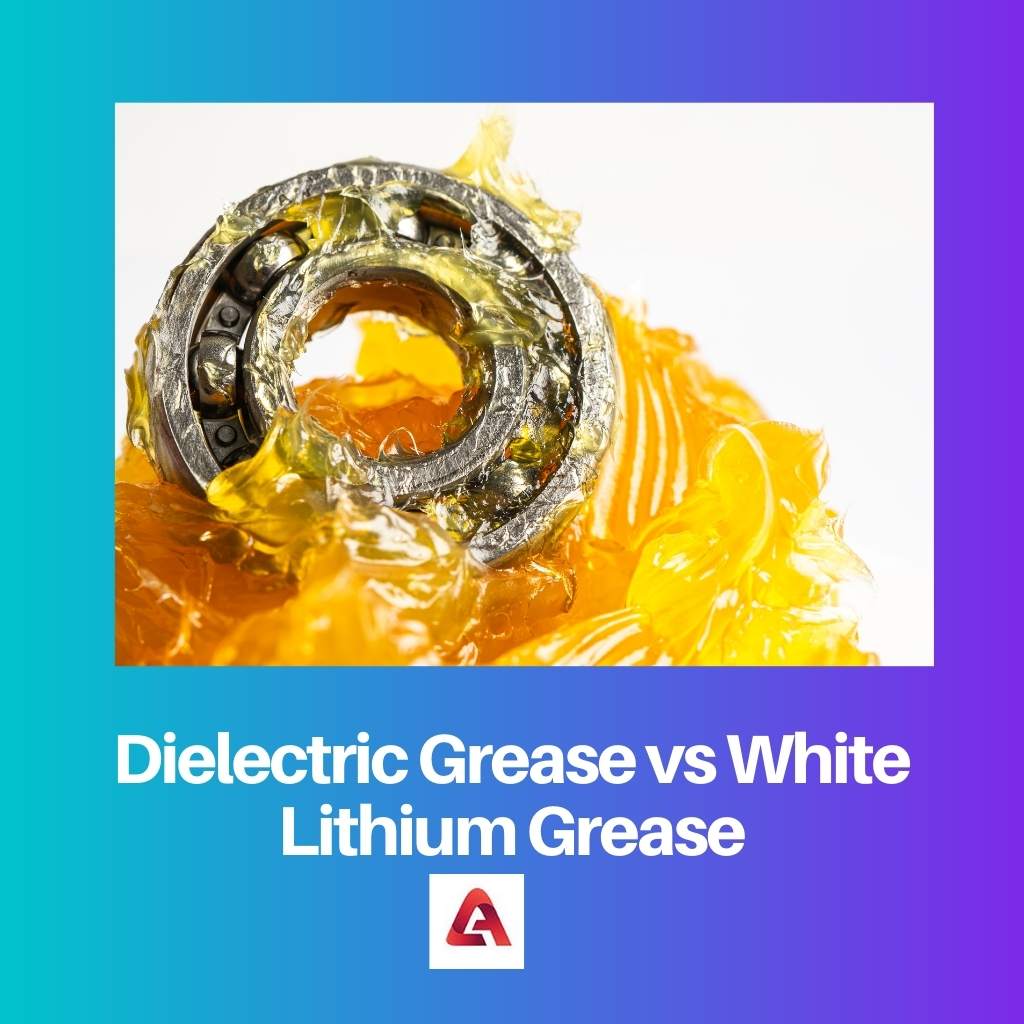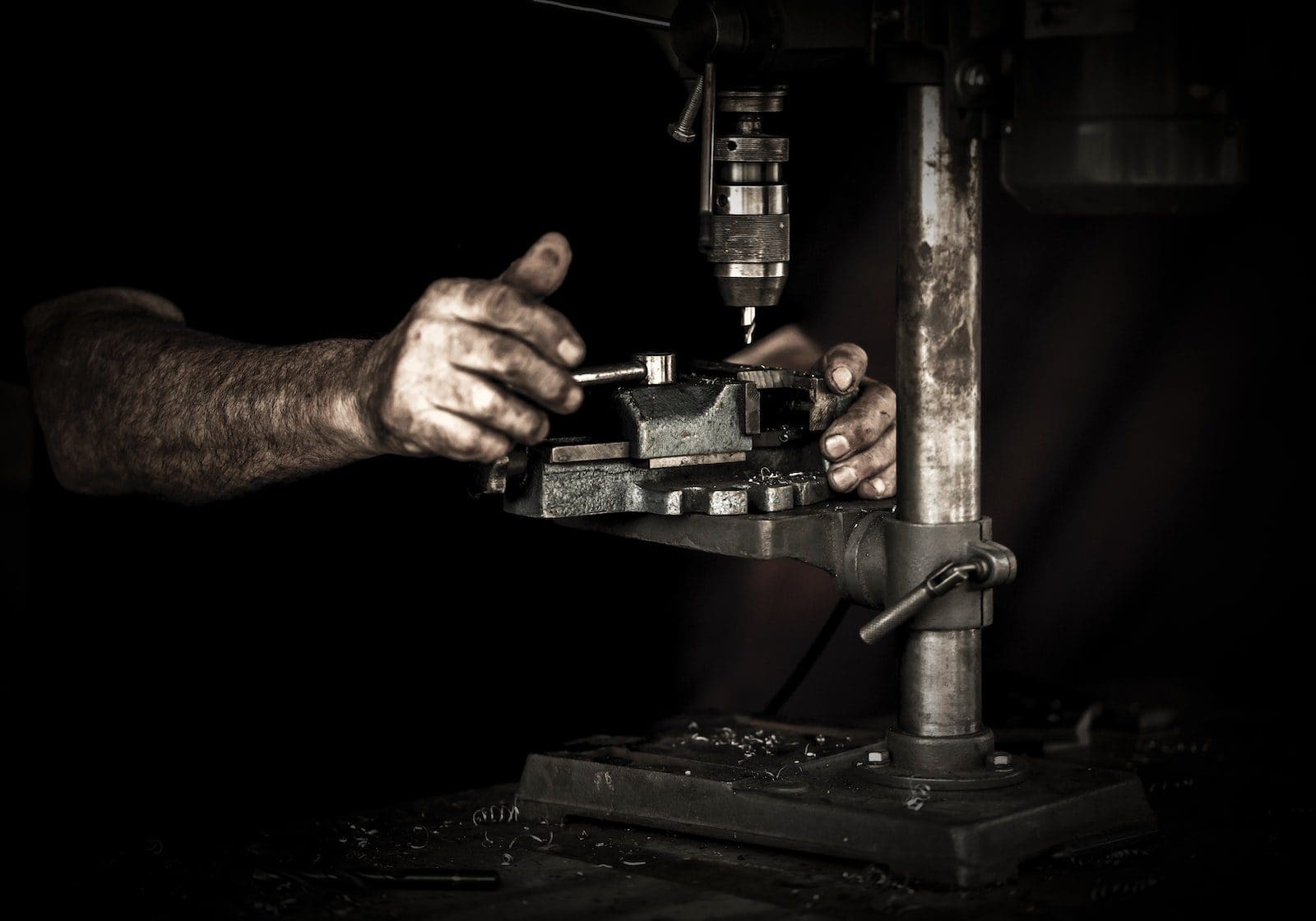Among the various available multipurpose greases, dielectric grease and lithium grease are some commonly found greases. These are used for vehicle maintenance.
Key Takeaways
- Dielectric grease and white lithium grease are two different types of lubricants.
- Dielectric grease insulates electrical connections, while white lithium grease is a general-purpose lubricant.
- Dielectric grease is non-conductive and does not conduct electricity, while white lithium grease can conduct electricity and is used to lubricate metal surfaces.
Dielectric Grease vs. White Lithium Grease
The difference between dielectric Grease and White Lithium Grease is their compositions, properties, and area of usage.
When used in automobiles, grease acts as a lubricant with stability, high dropping point, and wear-resistant properties. Generally, fats are made with oil as a base in addition to a thickening agent that gives the preferred composition for the lubricative action.

Dielectric grease is primarily based on silicone processed with electronic ignition modules that help transfer heat from the electronic equipment. It is resistant to water and insulating.
Aerosol fans also use them. They are best suited for metal-to-metal applications, and their heavy lubricating property allows them to be used in door-hinged door rails and marine applications.
Comparison Table Between Dielectric Grease and White Lithium Grease
| Parameters of Comparison | Dielectric grease | White Lithium grease |
| Components | It is primarily made up of silicone and silicone oils. | It is a multipurpose lubricant consisting of lithium soap. |
| Applications | Electrical components widely use and work on dielectric grease. | Locomotives and automobiles use white lithium grease. |
| Uses | They seal and secure the conductors by protecting them from dirt. | They lubricate the doors and hinges, resulting in effortless and seamless movement of metal parts. |
| Properties | It is water-resistant and keeps away salt residues and dirt. | It withstands extreme temperatures and pressure. |
| Cost | It is pretty expensive. | It is affordable and much cheaper than the other grease. |
What is Dielectric Grease?
Dielectric grease is made up of silicone oils and is translucent. It is thinner inconsistency. It is mainly used in areas of application that need insulation and protection from unwanted dirt and other impurities.
In spark plugs, this grease helps the plug to quickly and smoothly slide into the ceramic part. It is also popularly known as silicone-based or tune-up grease.
However, this grease cannot be used much on silicone and rubber components as it can corrode, erode, or damage them in the long run.
They are also used in sports vehicles, marine vehicles, and boats for recreational purposes. It is also used to prevent voltage leakages due to its non-conducting properties.

What is White Lithium Grease?
It is a water-resistant lubricant and is also used to preserve rubber properties. Lithium grease, the most popular grease, is a multipurpose grease used widely in several applications.
It is a thickening type of grease with a firmer consistency and composition. It stays for a more extended period and is corrosion resistant, known as long-term lubrication. It is highly viscous and stays secure in a place.
It is resistant to wear and tear and also reduces friction significantly. Outdoor applications are excellent with this grease due to its heat-resistant and water resistance properties.
In industries, it is used in lever applications like fittings, chains, bearings, winches, pulleys, and ropes and wires. It is the best out there for heavy-duty purposes and applications.

Main Differences Between Dielectric Grease and White Lithium Grease
- Dielectric Grease shields the components from the eater, and White Lithium Grease tolerates high temperatures and pressure.
- Dielectric Grease is expensive, whereas White Lithium Grease is less expensive.
- https://ieeexplore.ieee.org/abstract/document/7524717/
- https://onlinelibrary.wiley.com/doi/abs/10.1002/app.35619

It would have been nice to see a bit more practical examples.
I think the article was quite thorough already, but practical examples could indeed add more value.
True, practical use cases would make this article even better.
The details about the applications and properties of each grease have been very well explained.
Indeed, the article was quite detailed and educational.
I’m not entirely convinced about the usage differences mentioned in the article.
I don’t think there’s a big difference between the two, they seem very similar.
I agree with Lewis, the differences are quite clear.
Jake, the article clearly explained the distinct use cases for both types of grease.
I found that the comparison table was very helpful in understanding the differences between the two types of grease.
I second that, the table was very beneficial.
I agree, the comparison table was quite informative.
It’s quite evident that the two types of grease have very distinct properties and uses.
The article covered all the essential aspects of these greases very effectively.
I agree with Abbie, the article was very comprehensive.
The article was very comprehensive and informative!
I agree with Sonia, I now understand the difference between the two types of grease.
The different practical applications of the greases were explained vividly.
Yes, the practical applications were very well illustrated in the article.
I agree, the practical applications were covered in great detail.
The section on the main differences between the greases was particularly enlightening.
I found that section to be very educational as well.
The differences were indeed made quite clear in that section.